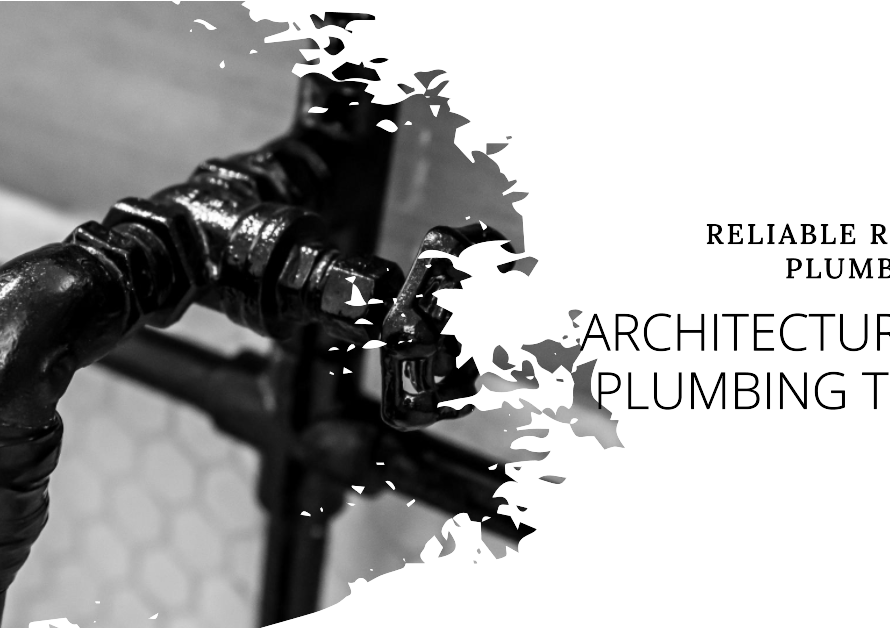
Table of Contents
- INTRODUCTION
- What is Landscape Fabric?
- 1. Weed Suppression
- 2. Moisture Retention
- 3. Soil Health and Fertility
- 4. Limited Lifespan and Maintenance
- 5. Mulching
- 6. Hand Weeding and Cultivation
- 7. Proper Installation
- 8. Combining Fabric with Mulch
- Final Thoughts: Is Landscape Fabric Right for Your Garden?
- Conclusion
INTRODUCTION
Gardening enthusiasts constantly seek effective ways to maximize their yield and minimize labor. One method frequently debated is the use of landscape fabric in vegetable gardens. This blog post will delve into the nuances of landscape fabric, examining its benefits and drawbacks, to help you make an informed decision for your garden.
What is Landscape Fabric?
Landscape fabric, also known as weed barrier fabric, is a geotextile product designed to suppress weed growth, retain soil moisture, and improve garden health. Made from woven or non-woven materials, it is typically used in landscaping to provide a low-maintenance gardening solution.
However, the application of landscape fabric in vegetable gardens is a topic of considerable debate. To decide whether it is right for your garden, let’s explore its advantages and disadvantages.
Benefits of Landscape Fabric
1. Weed Suppression
One of the primary reasons gardeners opt for landscape fabric is its ability to suppress weeds. Weeds compete with vegetable plants for nutrients, water, and sunlight, which can hinder the growth and productivity of your crops. By blocking sunlight from reaching weed seeds, landscape fabric significantly reduces weed germination and growth.
Furthermore, using landscape fabric can reduce the need for chemical herbicides, making your garden more organic and environmentally friendly. This aspect is particularly appealing to gardeners who prioritize sustainable practices.
2. Moisture Retention
Landscape fabric helps maintain consistent soil moisture levels. It acts as a barrier, reducing the evaporation of water from the soil. This is especially beneficial in hot, dry climates where water conservation is crucial. By retaining moisture, landscape fabric ensures that your vegetable plants receive a steady supply of water, promoting healthier growth.
Additionally, consistent soil moisture can lead to more uniform growth among your plants. When water is distributed evenly, plants can better absorb nutrients, resulting in a more productive garden.
Drawbacks of Landscape Fabric
3. Soil Health and Fertility
While landscape fabric offers several advantages, it can also negatively impact soil health. Over time, the fabric can compact the soil beneath it, reducing aeration and hindering root growth. Healthy soil is teeming with microorganisms and earthworms that contribute to nutrient cycling and soil structure. The barrier created by landscape fabric can disrupt these beneficial organisms, leading to poorer soil health in the long term.
Moreover, the fabric can hinder the addition of organic matter to the soil. Mulching with organic materials like compost or leaves adds nutrients and improves soil structure. With landscape fabric in place, adding such materials becomes challenging, potentially depriving your soil of essential organic matter.
4. Limited Lifespan and Maintenance
Landscape fabric is not a permanent solution. Over time, it can degrade, especially when exposed to sunlight. The fabric may tear, creating openings for weeds to grow through. This necessitates regular inspection and replacement, adding to the maintenance workload.
In addition, debris and soil can accumulate on top of the fabric, providing a medium for weeds to grow. Cleaning and maintaining the fabric to prevent this can be time-consuming and labor-intensive.
Alternative Weed Control Methods


5. Mulching
An alternative to landscape fabric is organic mulching. Mulches like straw, wood chips, and grass clippings can effectively suppress weeds while improving soil health. These materials decompose over time, adding organic matter to the soil and enhancing its fertility.
Organic mulches also promote a healthy soil ecosystem. They provide habitat for beneficial insects and microorganisms, contributing to a balanced garden environment. Moreover, mulching is a more flexible option, as it can be easily replenished and adjusted according to your garden’s needs.
6. Hand Weeding and Cultivation
Traditional methods such as hand weeding and cultivation remain effective for weed control. While labor-intensive, these methods allow for precise removal of weeds without disturbing your vegetable plants. Regular weeding also enables you to monitor your garden closely, identifying and addressing issues early.
Hand weeding and cultivation are particularly suitable for small gardens or raised beds where the weed pressure is manageable. These methods can be integrated with mulching to provide comprehensive weed control without the drawbacks of landscape fabric.
Practical Tips for Using Landscape Fabric
7. Proper Installation
If you decide to use landscape fabric, proper installation is crucial for its effectiveness. Begin by clearing the area of all existing weeds and debris. Lay the fabric flat, ensuring there are no gaps or folds where weeds can emerge. Secure the fabric with landscape staples or pins to keep it in place.
For vegetable gardens, it is essential to cut holes or slits in the fabric where you will plant your vegetables. Make sure these openings are large enough to accommodate plant growth and allow for adequate root development.
8. Combining Fabric with Mulch
To enhance the benefits of landscape fabric, consider combining it with organic mulch. Adding a layer of mulch on top of the fabric can provide additional weed suppression, improve aesthetics, and protect the fabric from UV degradation. This combination leverages the strengths of both materials, creating a more effective weed barrier.
Organic mulch also helps to disguise the fabric, creating a more natural look in your garden. It can also contribute to soil health as it decomposes, mitigating some of the negative impacts of the fabric.
Final Thoughts: Is Landscape Fabric Right for Your Garden?
Deciding whether to use landscape fabric in your vegetable garden ultimately depends on your specific circumstances and gardening goals. If weed suppression and moisture retention are your primary concerns, landscape fabric may be a valuable tool. However, consider the potential drawbacks, such as soil health impact and maintenance requirements.
For gardeners prioritizing soil health and organic practices, alternative methods like mulching and hand weeding might be more suitable. Combining different strategies can also be effective, allowing you to enjoy the benefits of landscape fabric while mitigating its downsides.
Conclusion
Landscape fabric offers both advantages and challenges for vegetable gardeners. By carefully considering the pros and cons, you can make an informed decision that aligns with your gardening philosophy and objectives. Whether you choose to use landscape fabric or alternative methods, the key to a thriving vegetable garden lies in thoughtful planning and diligent care.


